*Looking for the New Discovery Checklist? It’s at the bottom, or click here.
"And yet it is an easy matter to dole out an amount that is fixed, however small it may be; you should guard a thing more carefully when you do not know when it will give out." -Seneca
It has been really interesting watching the variety of responses to Covid-19 in the wine industry.
Some have reacted quickly, making fast changes with uncertain information while others have hesitated, afraid to make a mistake or unsure what to do. And some have definitely stuck their heads in the sand.
That’s not a judgement – we’re all in different places, with different goals and mindsets. In running a business, you often lack the bandwidth to properly step back and think. It’s easy to lose sight of the forest for the trees.
And sometimes doing nothing is totally the right play, while others react to immediate, but ultimately wrong, information.
Paul Theroux beautifully summed up the track we’re all on: “Travelling hopefully into the unknown with a little information: dead reckoning is the way most people live their lives, and the phrase itself seems to sum up human existence.“
As I’ve watched the information coming out of the US alcohol industry, talked with business owners here, and especially as we’ve hosted BC Wine Weekly (replays here) I’ve seen a few patterns in how customers are discovering new wine. I have some thoughts on iterating the discovery process.
The Discovery Process
Something I’ve emphasized to any winery I talk with is understanding how the process of customers discovering your wine has changed. Or more accurately, the percentage of customers that find your wine online needs to grow significantly.
Even if we discover a vaccine tomorrow, consumer behavior has permanently changed. People have been forced to grow comfortable with finding, engaging, and shopping for wine online. Look at the growth in e-commerce platforms right now:
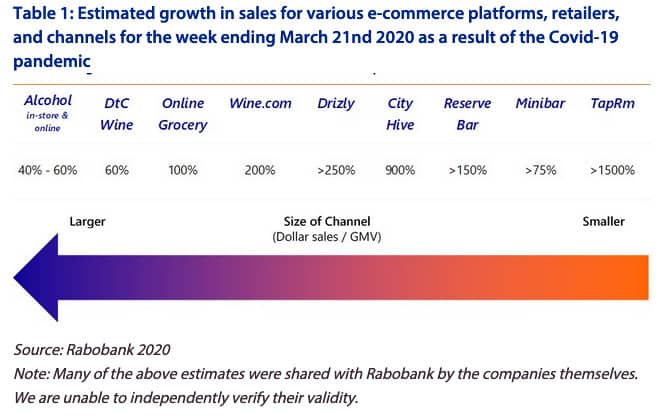
In-person sales will never disappear, and we will see a surge when people feel safe to travel. But the revenue streams that come through events, tasting rooms, and restaurants, except in special cases, will bring in smaller revenue and will need to be offset by an increased online presence and selling platform.
As well, a younger generation whose lives are often online represents a growing market. There is concern about Millennials and Gen Z who consume less wine than previous generations. (This is slightly offset by a preference for premium experiences and products.)
These are two good reasons to make significant changes to how you grow your customers: your customers are more online than ever, and you need to make this shift anyway as Millennials and Gen Z make up more of your customer base.
What Does This Look Like?
In reaction to this new reality, this “new normal”, there are a few things you absolutely need to be doing:
- You need to be online in a real way
- You need to escape the “expert factor”
- You need to reach out to customers directly with email and the phone
Being Online in a Real Way
First, this is going to sound really basic – but how good is your website really? When is the last time you audited your site, tooled around like a newbie who wasn’t computer savvy and didn’t know much about your winery?
This is so simple, but I can’t tell you how many winery websites I’ve seen where I wasn’t able to find simple things. Some wineries over-focus on “brand” and unintentionally hide the purchase area, giving it a confusing name or there is a technical glitch. I’ve seen this with wine clubs as well, it often being frustrating to figure out how to purchase wine on websites.
A favorite example is when my sister tried to purchase a case of wine from a to-be-unnamed-winery and the store link didn’t even work. So I sent her to Roche winery (in the end, a win).
And have you looked at your site on a mobile device? More and more people are browsing and shopping on their mobile devices, which is why companies such as Facebook and Instagram now optimise primarily for mobile. How mobile friendly is your site? If it’s not – you’re losing eyeballs and customers.
These are all simple things that can be fixed by spending a bit of time each month exploring your website. Or having a staff member do it. Or ask a friend to poke around.
The ultimate goal of a website is simple: tell your story and sell. That means making the buying experience as friction-less as possible.
Looking for help? I build websites on the side (like this one), I’m happy to provide advice and ideas.
Secondly, you need to be using social media. And you need to be holding virtual tastings and other events.
This is a big topic, and I’ll deal with virtual tastings in another post, but the key idea is having fun online. Everything about your experience needs to be fun, especially during Covid, and that means more than just pictures of your wine bottles.
As Christine Coletta detailed in one of our sessions, pictures/videos of her dogs get some of the most significant engagement of anything she posts.
People have a thirst to learn about you, your staff, your vineyard, making wine, and life at a winery. While we know what vineyard life is really like (dirt, sweat, and non-stop work), most people imagine it as an idyllic dream. Sharing that life, curated or not, provided easy, engaging content.
And you need to have good search engine optimization (“SEO”). Jerry Murray shared the impact on his winery through moving quickly to hosting virtual tastings as well as good SEO had on his company; they were featured in the Washington Post and other media outlets, and are doing more sales now than pre-Covid. People unintentionally found Jerry because of his SEO. Be quick, be lucky.
The point isn’t to be 1st page with “buy wine bc” – you’re not outperforming the big guys. (But! the ads may be more affordable). Instead, focus your SEO on less obvious behavior/keywords. For example, Kismet is 5th on Google when I search “winery virtual tastings”, and the 1st non-news website.
I’m also surprised no one is running ads on things like “virtual tastings BC” and such right now. Might be an opportunity…
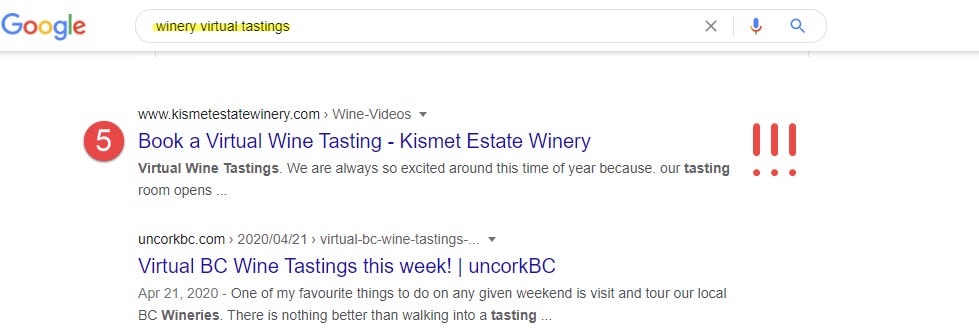
Escaping the "Expert Factor"
If you’re not a big brand, one of the best tools for customers to find your wine is a knowledgeable expert. This can be a well-known personality like Terry David-Mulligan, but more reproducibly is the sommelier or waiter at a local restaurant, or a knowledgeable staff member at a local liquor store.
Imagine you’re a consumer looking to try a new bottle of wine at a liquor store. You walk in, wander over to a regional section, and see rows and rows of bottles that appear largely identical. You’d like to try something new, but really it’s a shot in the dark because how do you know what separates an 8th Generation Cabernet Merlot from a Le Vieux Pin Petit Rouge? (Obviously you’re not shopping at a BCL). What is petit rouge anyways?
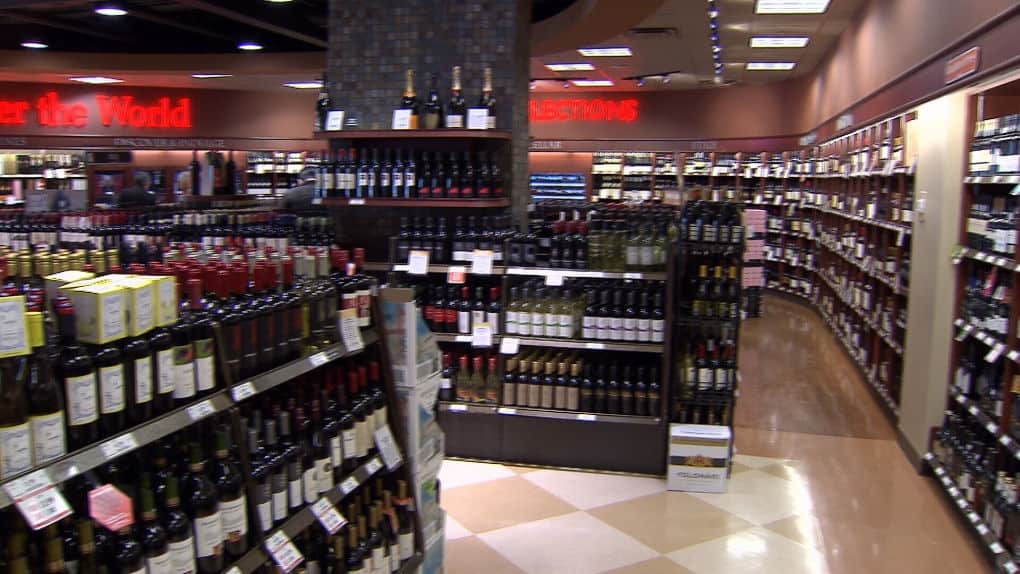
So – you ask a staff member! Except, with Covid you wish to avoid as much human contact as you can. Wanting to get out quickly, you also don’t google it (not that you could find good info online anyway).
Uncertain, you ultimately buy a big-name brand you recognize.
This is just as much an issue online, especially where big brands sit on the first page of Google and have a large ad spend.
You need to create new ways for customers to find your wine, and to lower the intimidation factor as they do.
How can you do this? Some ideas:
- Partner with restaurants, offering incentives or other benefits on takeout deals
- Find a local chef, and create cooking lessons that pair with (and educate about) your wine. (If you have a restaurant onsite, this is even easier)
- Create/share blogs, tips, videos, etc. about how to drink, pair, enjoy your wine – share recipes!
- “Dial-a-Somme” – a number where customers can call a knowledgeable staff member with questions on drinking your wine, or what to drink
- Partner with other high-quality wineries, release shared wine packs (“The Perfect Pinot Noir Pack”). I’ve seen some of this starting to happen.
- Hold contests where customers share their favorite wine (or a pairing), the winner gets free wine. All their friends/followers see them talking about your wine.
- Small liquor stores are a big opportunity. Private liquor stores outside the main cities are a golden opportunity right now, and adding a few cases here and there will add up fast. Build these relationships.
The point: we all need to be creative in helping new customers find your wine, and feel comfortable trying it.
One of your advantages? As Jerry Murray said: you’re not trying to find 1,000 new customers. The task is manageable.
Reach Out Directly via Email and the Phone
Leeann Froese first made this point at BC Wine Weekly, and it’s stuck with me. Now I’m seeing it referenced everywhere: phone sales are a secret weapon right now.
It’s super simple. Call your customers. Call past customers. Ask how they’re doing, which of their wines they’ve liked, tell them what’s happening at your winery. And ask for the sale!*
Do you know cool it would be for a wine club member to get a call directly from your winemaker?
As important it is to help new customers discover your wines, don’t forget about current (and past) customers. These people have already raised their hand and said they like your wine. Well, they probably would like a little bit more.
(Don’t forget about texting and SMS campaigns as well to both connect with and sell to your customers. Some wineries have been having good success breaking through the noise this way).
This ties into email as well. While phone sales are particularly strong, email is seeing better response rates as well. Where you can’t call, email. You have an email list, email people individually.
And for your mass emails, be more creative. There’s more opportunity there now. Increase the value of being on your list, include recipes, social media posts about your farm, news, tips, etc. Found some great new wine glasses? Say why, and share a link!
The only other takeaway (with everything): you don’t need to talk about Covid. People are looking for an escape, let your winery be that. Be fun, be fun, be fun. Did I say be fun? Share your personality, be passionate. Oh, and be fun.
*By the way, you should also be calling all the restaurants, sommes, and liquor stores you have relationships. Check in, see how they’re doing. I know a lot of people on the restaurant side feel ignored (including pre-Covid) by wineries. Pick up the phone and connect.
Conclusion a.k.a. tl;dr
Here’s my “New Discovery Process Checklist”:
- It’s Mental Embrace the new normal, embrace being online. It’s an opportunity.
- How’s your website, bro? Have a great website, audit your website, check mobile, don’t let branding interfere with sales.
- Be super social Share life from around your winery, and dammit be passionate and fun!
- Calling SEO If you want organic traffic, worry about SEO. Don’t know what SEO is? Hire an expert.
- Escape the Expert Factor Can’t rely on sommes/staff now, so be creative in helping people find your wine online, and make sure to lower the intimidation factor!
- E.T. phone home Pick up the phone call current customers, past customers, anyone. Have your winemaker call. Phone sales rock right now.
- Email is dead, long-live email Can’t call? Email directly. Be a human being.
- Email list = gold Your email list is your best sales tool. You need to up the game by increasing value to customers. Experiment with what you’re offering.
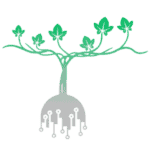
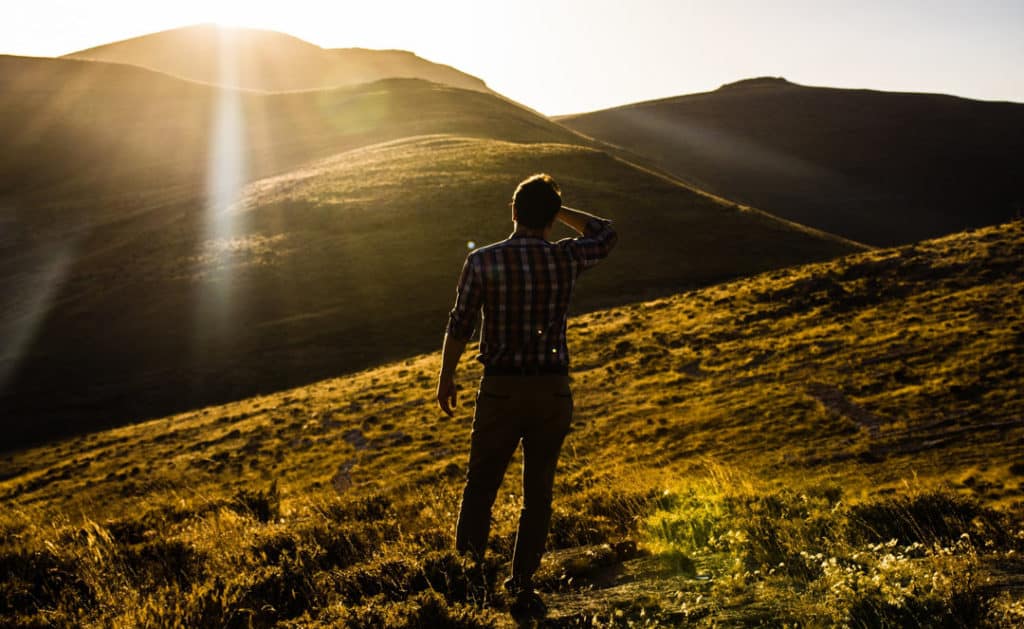
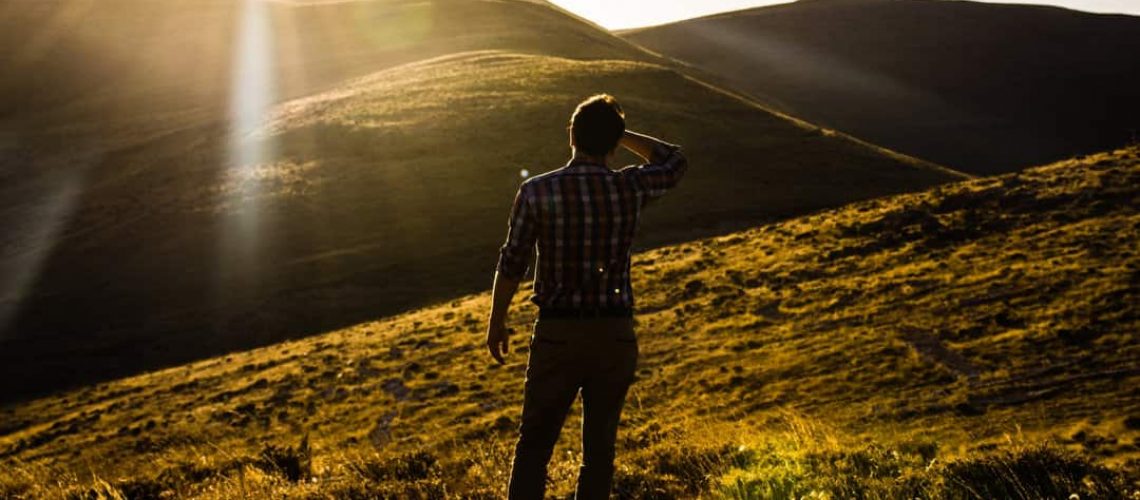
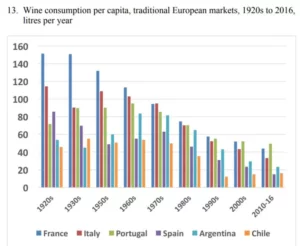
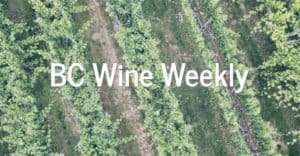

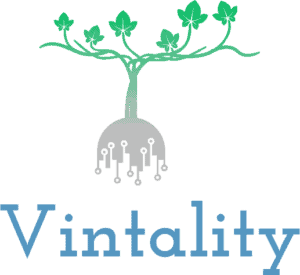
One Response
Well written article Chris. I appreciated your insights and your communication style kept me engaged. Just enough detail but not overwhelming. I will now google what SEO means!